Description of honey melon variety, recommendations for cultivation and care
Honey melon has a rich set of useful trace elements and vitamins, due to which its regular use has a beneficial effect on the state of the human body. The variety is not capricious in cultivation, because many summer residents have already settled it in their beds.
Description of the variety
Melon honey variety first appeared in Asia. Wild fruits of this plant are found on this continent. Cultivated cultivation is carried out in the Mediterranean. There are several varieties of such melons, which do not differ much from each other in characteristics.
Honey fruits have a round-oval shape, there are no depressions or grooves. The skin is smooth, and at maturity it is colored deep yellow. A distinctive feature is the color of the pulp at the stage of technical ripeness. Closer to the skin, it is greenish, and yellow in the center. Fruit taste is sweet, aroma is classic and strong.
Growing
In the conditions of the middle lane, honey melon is grown in seedlings for an early harvest. Sowing seeds is carried out in the first half of April. They are pre-soaked and germinated. For seedlings, choose soil with neutral acidity, not too fatty.
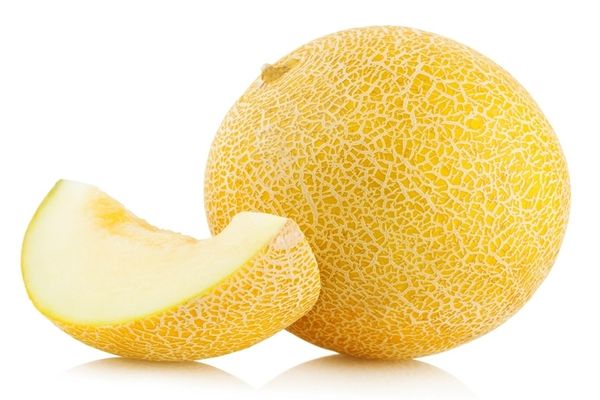
In open ground, seedlings of Medova are planted in the last decade of May. The best place to land is where legumes, potatoes or cabbage were grown in the past season. The bed is located on a windless and sunny area. The distance between the holes is left at least half a meter. Humus is added to each. It is impossible to deepen the seedlings of Honey.
Care features
Caring for Honeydew melon consists in timely feeding, pinching, watering and loosening the soil. The first top dressing is done 2 weeks after planting in open ground.
Use nitrate, mullein or chicken droppings for this. Subsequent dressings are done at intervals of 2 weeks, but complex mineral fertilizers are used for them.
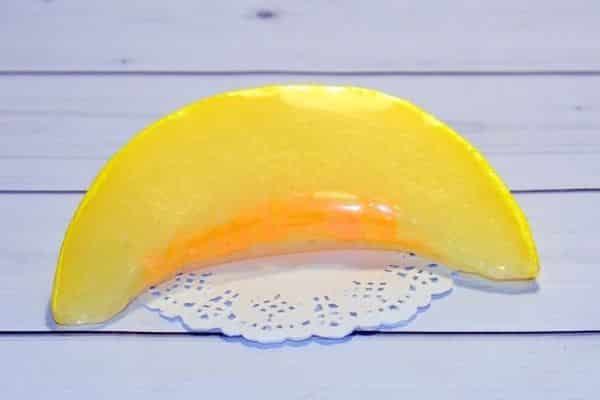
After the appearance of the sixth leaf, pinch the top of the melon. This will promote the growth of side shoots. Of these, only a couple of the strongest should be left, the rest should be removed. Honey on one plant form up to 5 ovaries, if their number is greater, then the weak and late formed must be removed.
Honey melons can grow without artificial irrigation at all. But in the garden, they are watered once a week at the root, trying to prevent water from getting on the foliage. Excess moisture leads to cracking of the fruit. For this reason, after the formation of ovaries, the amount of irrigation is reduced to a minimum.
Advantages and disadvantages
Honey melon has significant advantages over competitors, including:

- mid-term fruit ripening;
- good productivity;
- undemanding care;
- high content of vitamins and useful microelements in fruits;
- excellent taste;
- the possibility of growing in a greenhouse and in the open field.
There were no significant deficiencies in the variety. You just need to know that the use of melons of any kind, including Honey, should be abandoned by people with individual intolerance or suffering from diabetes.
Pests and diseases
Breeders from year to year work on breeding varieties of melons that would be resistant to the most common diseases and pests.

The desired result is not always obtained. Honey melons can be susceptible to the following types of diseases:
- powdery mildew;
- downy mildew;
- fusarium wilting;
- anthracnose.
Pests also cause trouble for gardeners, among which in the first place are:
- melon aphid;
- spider mite;
- wireworm;
- melon flies.
The main preventive measures are not only timely preventive treatments, but also the remnants of plants removed from the beds in time, the removal of diseased plantings. They are the primary sources of disease.
Harvesting and storage
Crop Honey melons are harvested as the fruit ripens. If the first frosts are expected and they do not have time to ripen on the site, then ripening can also take place at home. For this, the melons are placed in wooden boxes covered with straw or sawdust. In a dark and cool place, the shelf life of the crop is significantly increased.
Melon of the Honey variety is suitable not only for fresh consumption, but also for all types of processing. If there are a lot of fruits, then you can prepare delicious preserves from them.
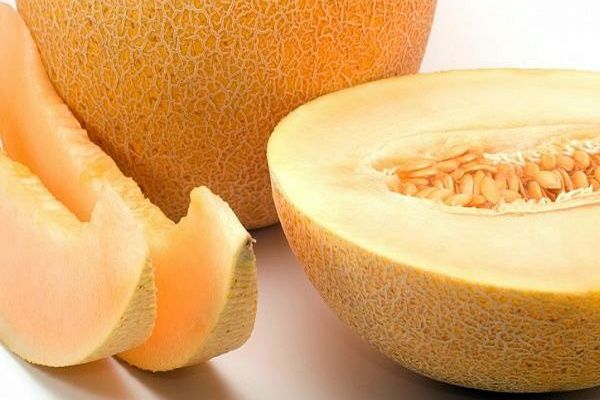
Gardeners reviews
Honey melons have already taken pride of place in the beds of domestic summer residents and farmers. They are happy to share their feedback on this culture.
Andrey Sergeevich, novice farmer: “While developing my farm, I decided to try growing honey melons. The first experience was positive. The harvest was good, although somewhat later than expected. Next season I will take into account previous mistakes, and I will definitely cultivate this variety again ”.
Nina Semyonovna, a summer resident with experience: “I recently began to grow melons on my plot. They are a bit of a hassle, and health does not allow you to constantly mess around in the garden. I tried the Medovaya variety on the recommendation of the seller and never regretted it. The fruits really lived up to their name, only they came out small in size. Perhaps it was my mistakes and insufficient care ”.
Angelina Vladislavovna, summer resident: “Several years ago we bought a summer cottage with my family and decided to grow natural products there. Melons were sown first. A couple of years ago, a neighbor recommended trying honeydew melons, which showed excellent results for her, and also shared the secrets of growing. It must be admitted that with insignificant labor and material costs, we fully provided ourselves with a melon crop in the summer season. And most importantly, we did not use chemical additives and fertilizers, so we grew the harvest environmentally friendly and healthy! "
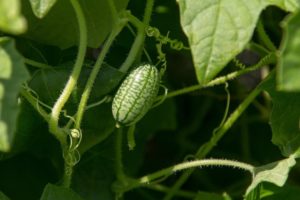
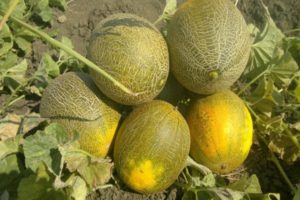

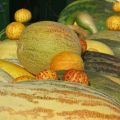

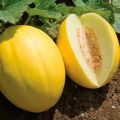
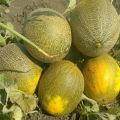
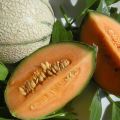
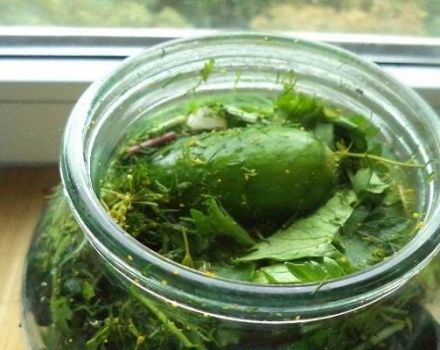

Last year I planted this variety for the first time, but the melons grew, though sweet, but smallish. This year I used a remedy when growing melons BioGrow - so one and a half times larger than a melon.